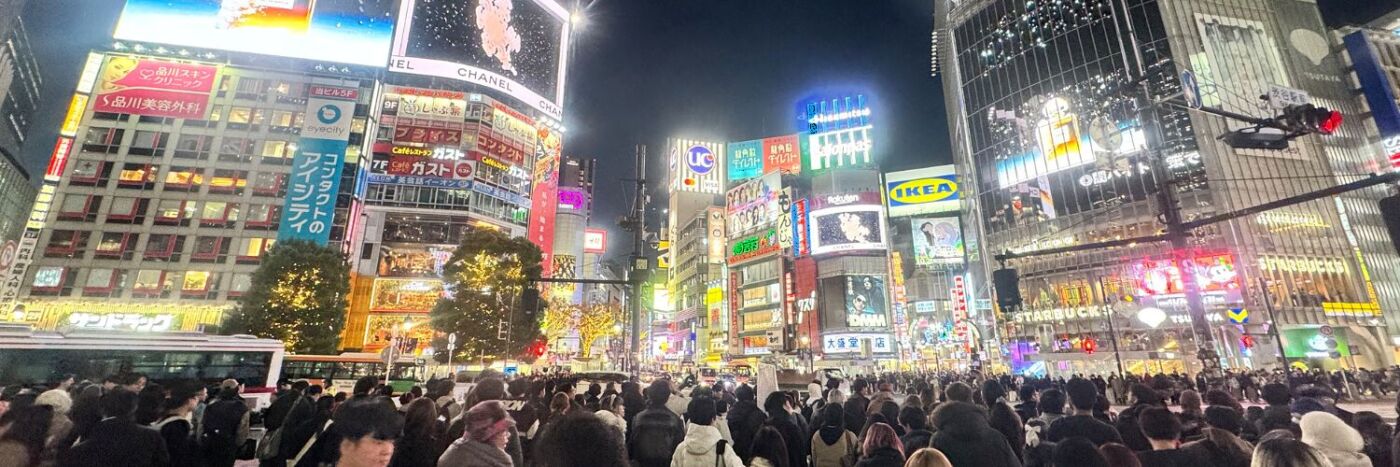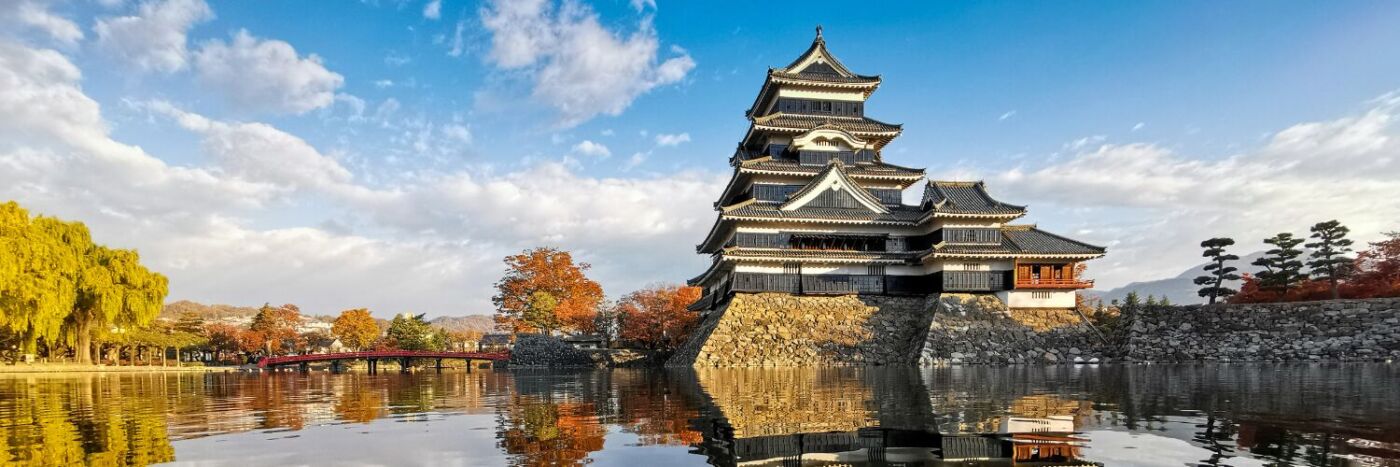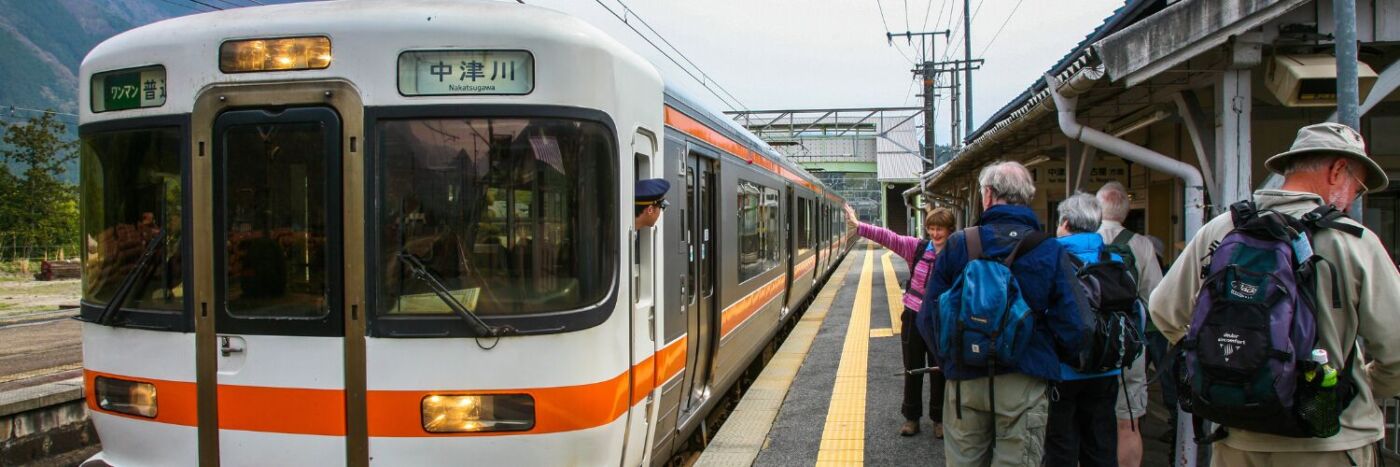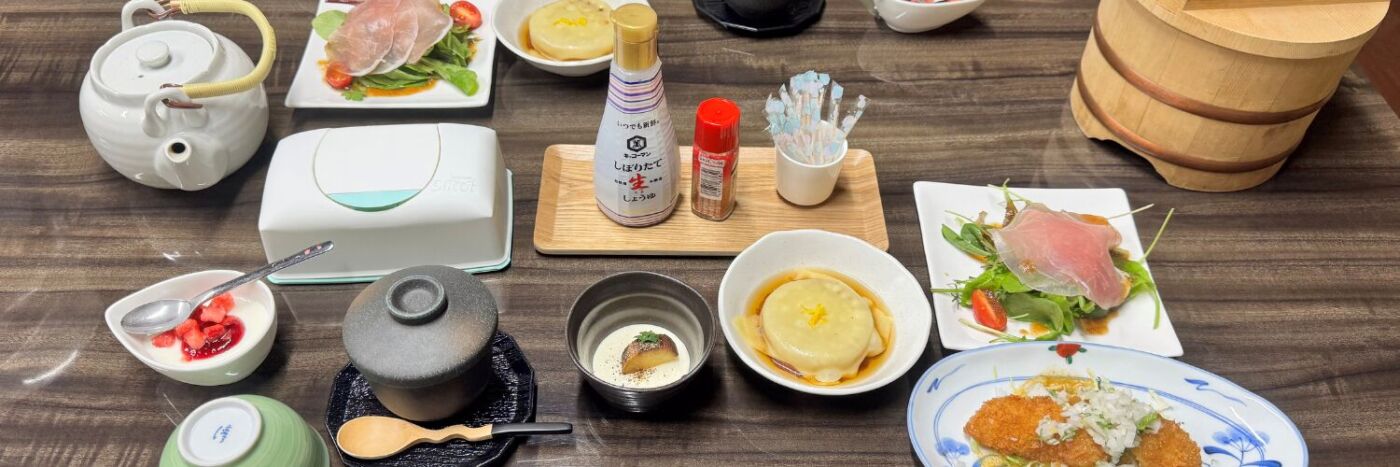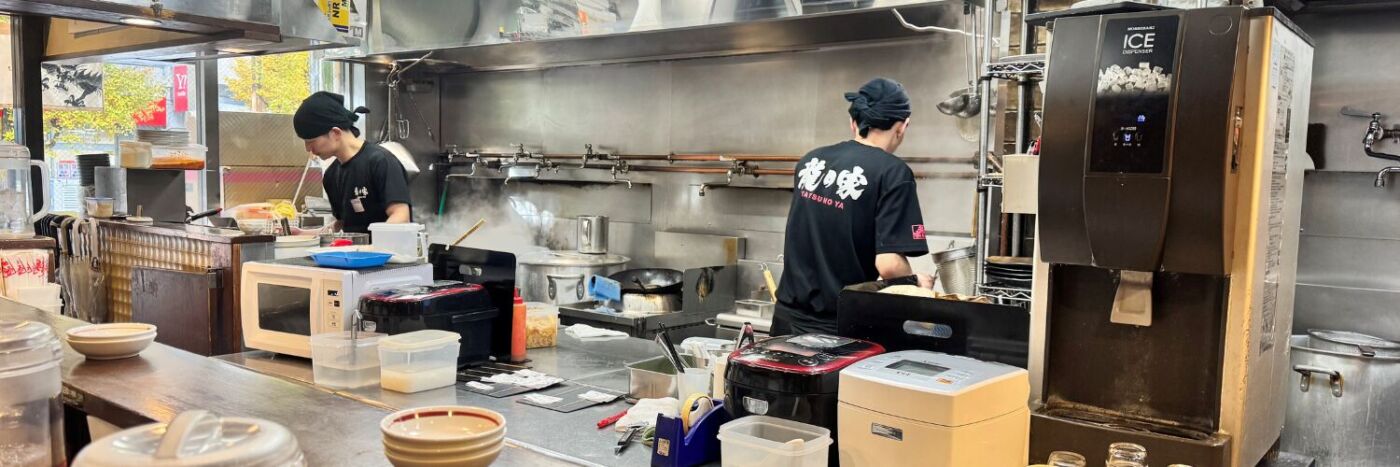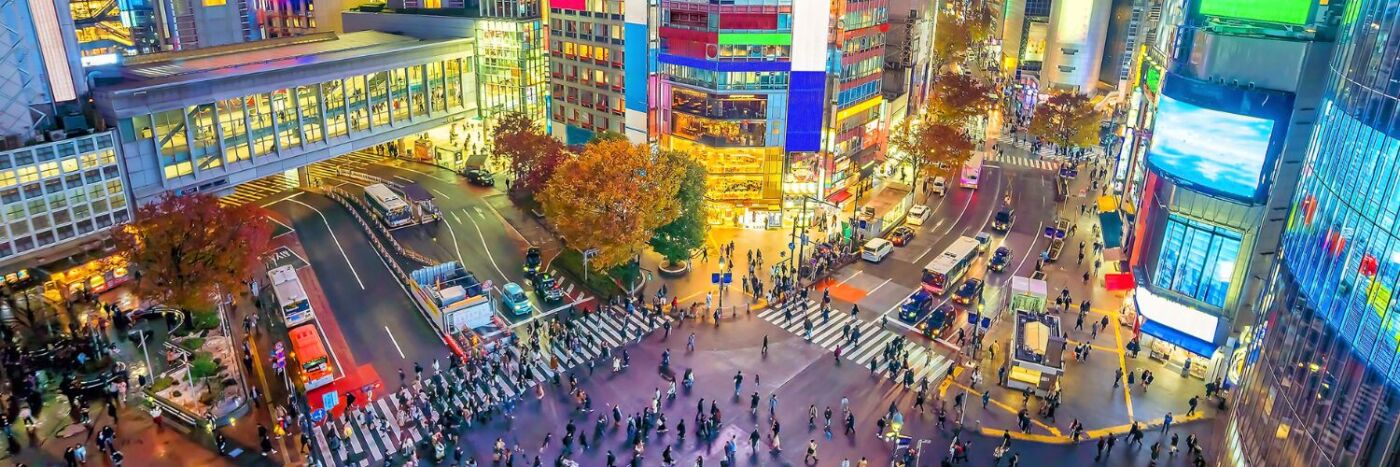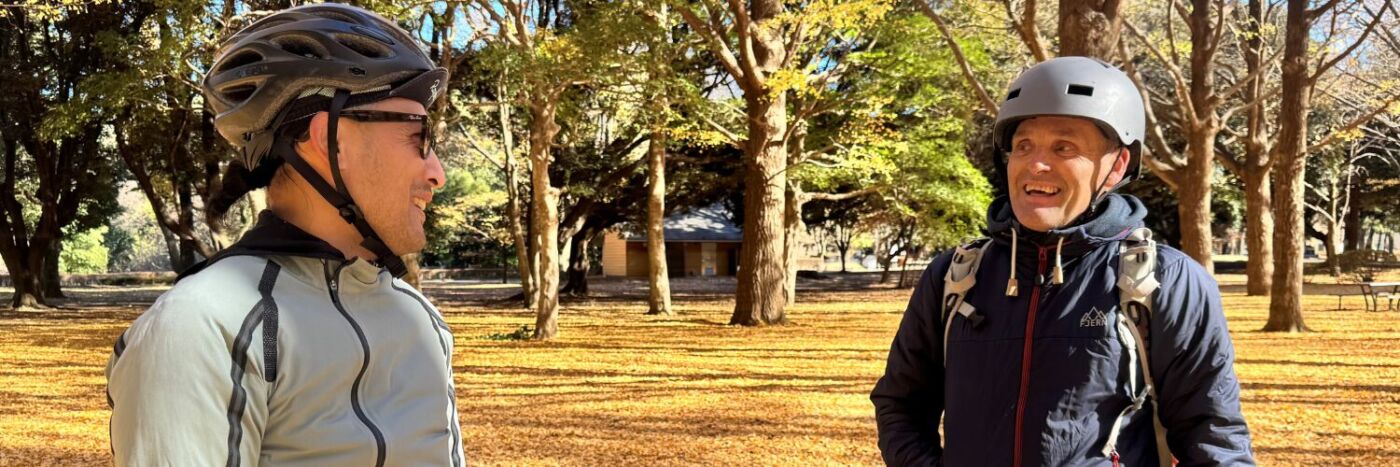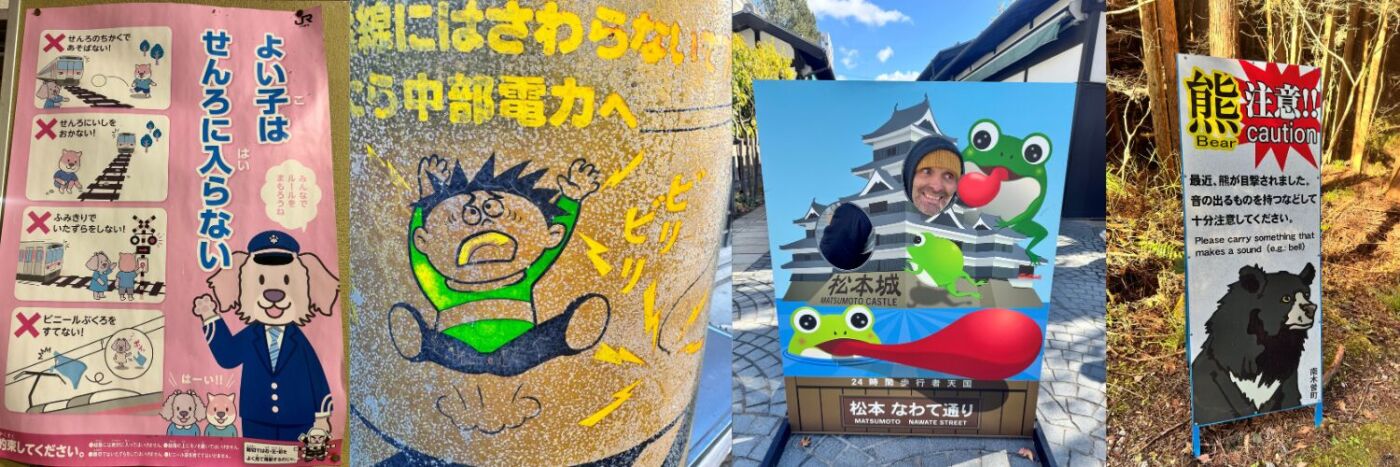24 Top Tips for Travelling in Japan: Temples, Trains & Thoughtfulness
Whether you’re wandering the cedar-lined paths of the Kumano Kodo or navigating the post towns of the Nakasendō Trail, travelling through Japan is about so much more than reaching a destination. It’s about soaking up the quiet rhythm of daily life, pausing for spiritual stop-offs, and discovering that the kindness of strangers isn’t staged for tourists – it’s deeply ingrained in the culture.
For first-timers, Japan’s reputation for rules and rituals can feel a little daunting. But trust us: it’s not about being perfect – it’s about being present. Most locals are warm, helpful and won’t bat an eyelid if you’re not quite sure when to bow or where to stand. With a little curiosity and a dash of prep, you’ll ease into the flow of things in no time.
Here are our top tips – practical, cultural, and occasionally quirky – for making the most of your Japanese adventure.
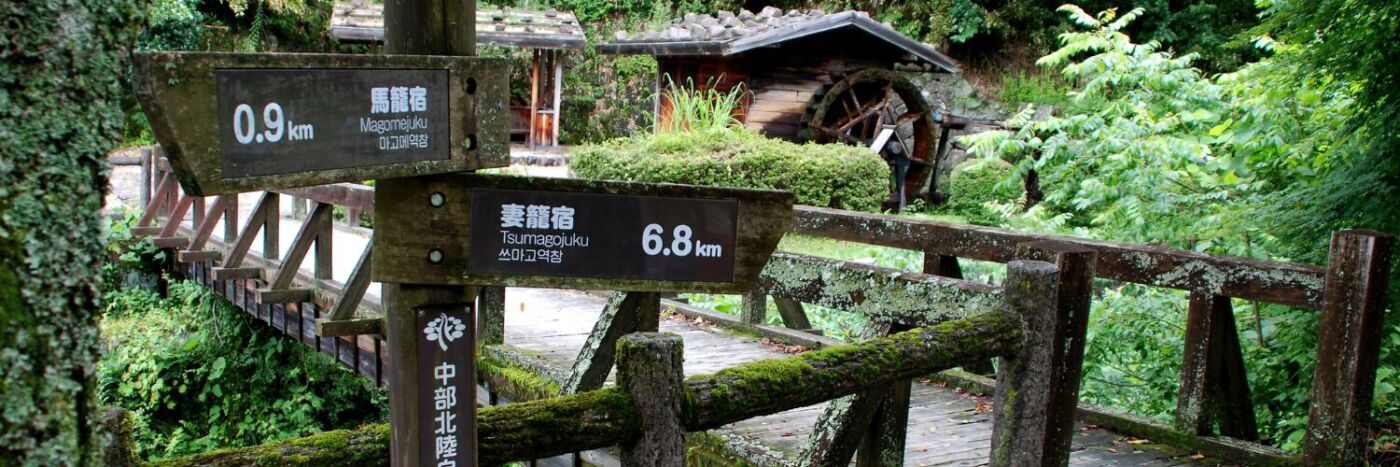
1. Book early – and double check check-in times
Whether you’re booking your self-guided trip, staying in a hotel or a traditional ryokan inn (highly recommended!), book early. These trips and properties are often small and fill up fast, especially during cherry blossom season (late March–April), Golden Week (April 29–May 5) and Autumn. Many ryokan have strict check-in hours and may not have staff on hand if you arrive late.
2. Pack light – have luggage that loves trains
Lugging big suitcases through train stations is no one’s idea of a good time. When you’re on a self-guided walking trip, you’ll use trains for transfers – so an easy to carry bag is your best bet (you’ll thank yourself for travelling light). If you’re extending your stay, a Japan Rail Pass is great value and makes longer journeys a breeze.
✅ Top tip: Pack earplugs. Traditional accommodation may only be separated by sliding screens – lovely for aesthetics, not so great for privacy.
3. Slip-on shoes are your best friend
You’ll be taking your shoes off a lot – at temples, ryokan, even some restaurants. Easy slip-ons (and fresh socks!) are ideal. Be prepared to swap into shared slippers in many places.
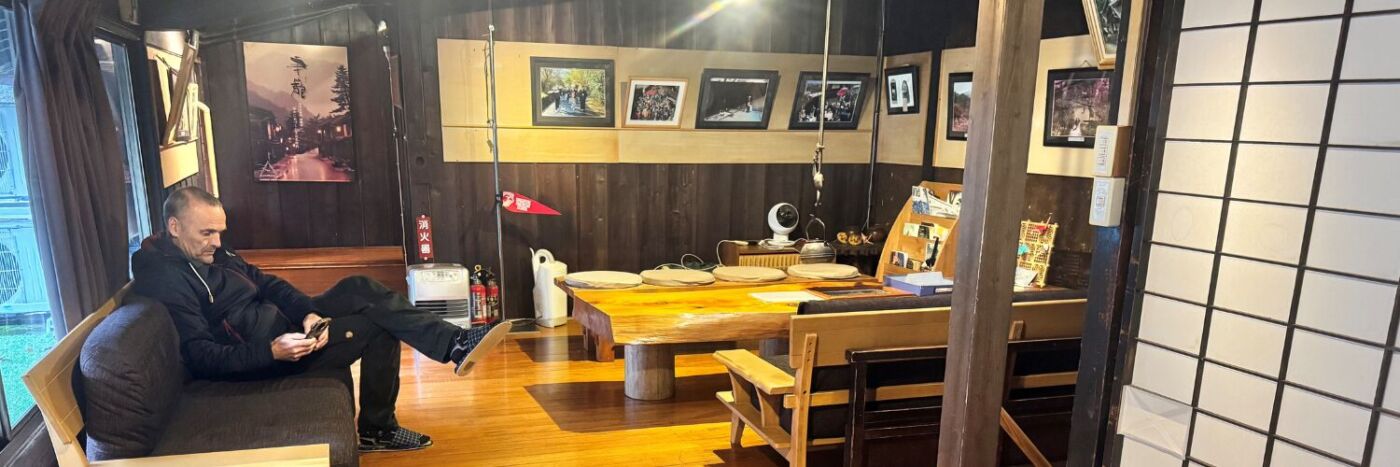
4. Stay connected with a SIM or eSIM
Japan’s address system can be confusing, even for locals. Downloading maps, train apps or translation tools will use data – so grab a data-heavy SIM card or eSIM on arrival. It’ll make navigating a breeze.
5. Dress for the seasons
Summer is steamy. Winter can be snowy (especially in the north). Rainy season hits late June to July, and typhoons roll in from September to October. Pack layers, a UV umbrella, sun hat, cooling wipes – and in winter, pocket warmers are sold everywhere.
Japan’s convenience stores are a dream for last-minute weather needs or check out their Mont Bell outdoor stores.
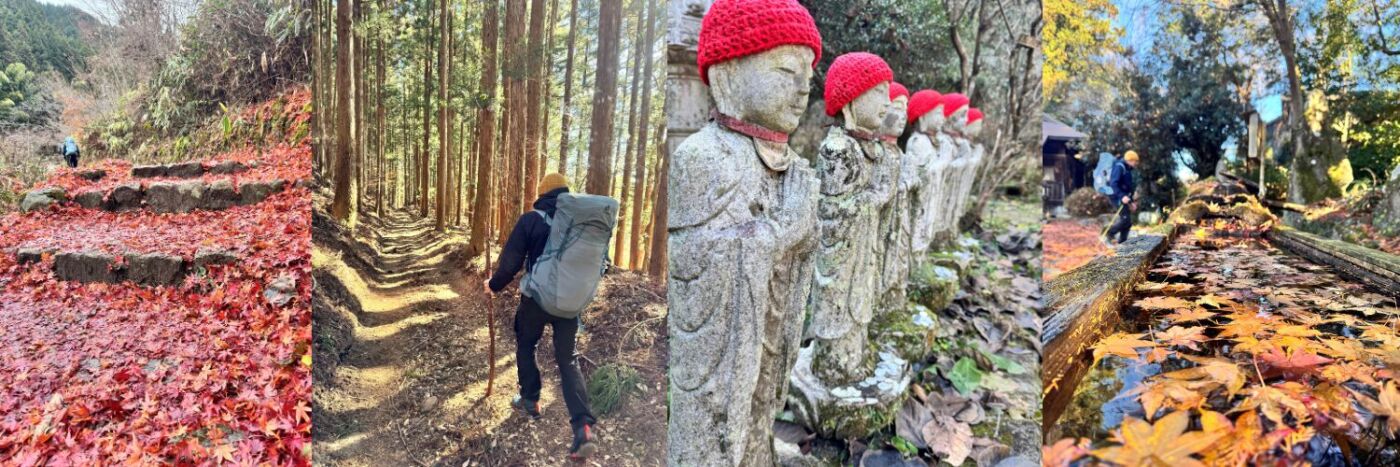
6. Embrace temple time
Temples and shrines are more than tourist stops – they’re part of daily life. Whether you’re stopping to ring a bell, cleanse your hands, or simply take a breath, these quiet places offer a glimpse into the spiritual side of Japan.
7. Cash is still king
Cards are becoming more common, but many ryokan, restaurants and shops outside big cities still prefer cash. ATMs that accept foreign cards can be found in most 7-Elevens. Always place your cash or card in the tray at the till – not directly into the cashier’s hand.
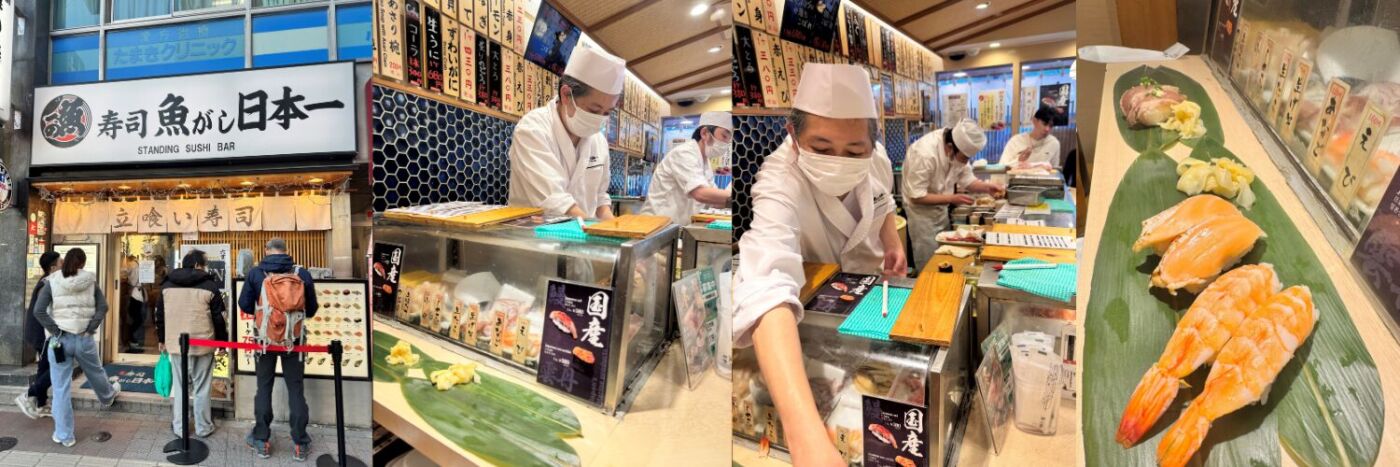
8. Don’t tip – and don’t worry
Japan doesn’t have a tipping culture. In fact, trying to leave a tip may cause embarrassment. Some places add a small service charge or bring an appetiser called otoshi with a nominal fee.
9. Be food-savvy
Japanese cuisine is a delight – try everything! That said, if you have dietary requirements (especially gluten-free or vegetarian), it helps to carry key phrases written in Japanese or printed in kanji. Soy sauce and miso are common in many dishes, even in sushi rice or soups, so it’s worth checking in advance.
10. Be curious, but respectful
Japan’s structured etiquette offers many advantages. You won’t get short-changed, taxis run honestly, and personal safety is a given. While this structure might feel rigid at times, it’s this social order that keeps things running smoothly. Respect it -even if it seems a little ‘over-organised’ now and again.
11. Public eating? Not quite
Eating on the go is a no-go – unless you’re at a festival, on a picnic, or seated on a train with a bento box. Drinks are more acceptable if resealable.
12. Bin spotting is a challenge
There are very few public rubbish bins – so carry your rubbish with you until you can dispose of it at your accommodation or the shop where you bought it. Respect for public spaces runs deep and you’ll notice that there’s no litter anywhere. Don’t be that person and take your rubbish with you.
13. Queue like a local
From train platforms to tills, orderly queues are a thing of beauty in Japan. Join the line, wait patiently, and follow the flow.
14. Escalator etiquette depends on region
Stand on the left in Tokyo, the right in Osaka. If in doubt, observe others. Increasingly, signs encourage standing on both sides to reduce accidents.
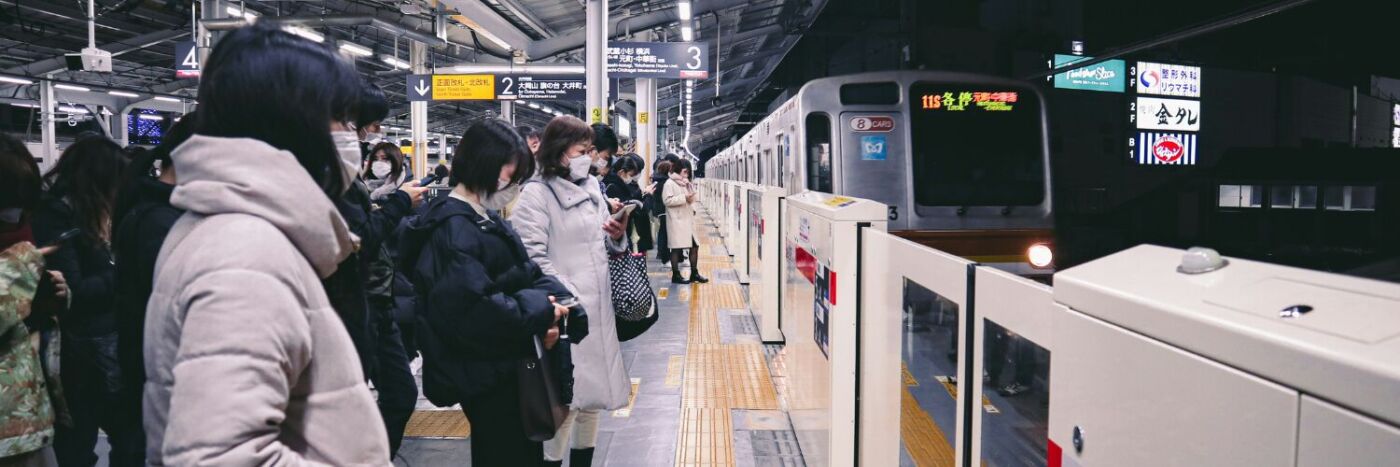
15. Watch the train times
Public transport stops running around midnight or earlier, so if you’re staying out late, budget for a taxi. They’re safe, punctual, and pricey.
16. Avoid the Tokyo crush
Weekday rush hour (7.30–9am) is an unforgettable (and avoidable) experience. If you’re not a commuter, wait it out with a coffee and take the train a little later.
17. Respect hygiene customs
Japanese people deeply value cleanliness and consideration for others. If you sneeze, cover your nose and mouth and use hand sanitiser where possible – it shows respect, even if not required.
18. Get to know Japan’s hi-tech toilets
Japan’s bidet-style loos (aka washlets) come with all sorts of functions – some useful, some mysterious. Use the pictograms and enjoy the experience as they are everywhere – public loos included. Carry a small towel, as many places won’t provide hand dryers or paper towels. And remember: in shoes-off places, you’ll often find dedicated toilet slippers.
19. Explore Tokyo by bike – with a local
Want to get under the skin of the city? Join Tachi, our local guide, for a 3-hour cycling tour through Tokyo. It’s the perfect way to experience local life, uncover hidden gems, and get insider tips on the best spots for coffee, lunch, or that late-night ramen. Easy-paced and packed with personality, it’s one of the best ways to meet the real Tokyo.
20. Appreciate the kindness of strangers
The Japanese welcome isn’t a performance for tourists – it’s genuine, generous, and often humbling. Whether you’re lost in a back street or simply looking for dinner, help often appears before you ask.
As we neared the end of our Nakasendō Trek, we crossed paths with two ultra runners – never ones to miss a chance to dress up in Japan – who insisted on sharing their sweets with us. They had very little with them, yet were so warm and generous, stopping mid-race just to make sure we had a treat to carry us through the final stretch. A small act of kindness that had a huge impact and will stay with us for a long time.

21. Ring it and bring it: Bear bells on the trail
If you’re trekking in rural or mountainous areas—especially around the Kumano Kodo—clip a small bear bell to your pack. It alerts wildlife to your presence and is a common, easy way to stay safe on the trail.
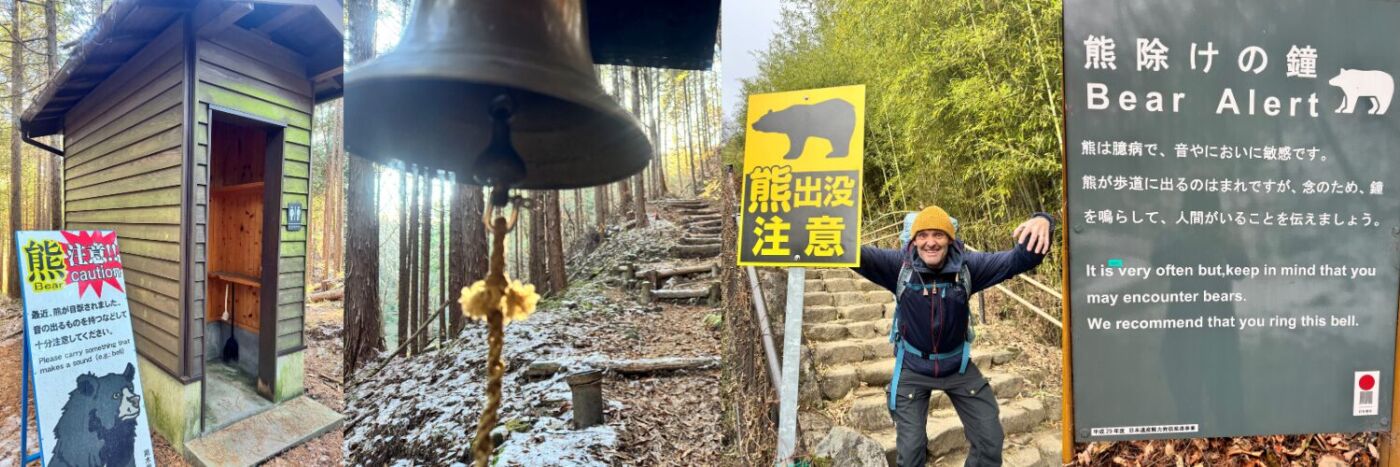
22. Follow your nose to the nearest bakery
Japan’s bakeries are a joy – freshly baked melonpan, miso rolls, matcha buns, curry doughnuts and all sorts of unexpected delights await. Popping into a local bakery is a tasty (and often very affordable) window into everyday life especially on the trails.
24. Keep an eye out for quirky signs
From safety notices with cartoon mascots to cheerful warnings and poetic park etiquette, Japan’s signs are wonderfully imaginative. They’re not only helpful – they’re often charming and hilarious. Don’t forget to snap a few!
25. Learn some basic Japanese phrases
Ohayō gozaimasu.
Good morning.
おはようございます。
Konbanwa.
Good evening.
こんばんは。
O-negai shimasu.
Please.
おねがいします。
Arigatō.
Thank you.
ありがとう。
Dōitashimashite.
You’re welcome.
どういたしまして。
Sumimasen.
Excuse me.
すみません。
Gomennasai.
I am sorry.
ごめんなさい。
Hai – はい – is yes. It’s polite and the most basic of words for conversation!
Lie – いいえ – is no. It’s polite and be sure to listen for how the person may truncate it.
How do you get to _____?
どのようにするのですか _____?
Dono yō ni suru nodesu ka _____?
Where can I buy a train ticket?
電車の切符はどこで買えますか?
Densha no kippu wa doko de kaemasu ka?
Where is the train station?
駅はどこですか?
Eki wa dokodesu ka?
How much is it?
いくらですか?
Ikura desu ka?
Please help me with this ticket machine.
この券売機を手伝ってください。
Kono kenbaiki o tetsudatte kudasai.
Where is the bathroom?
トイレはどこですか?
Toire wa dokodesu ka?
I am from _______.
私は___出身です _______。
Watashi wa ___ shusshindesu _______.
I am going to ______.
私は ______ に行きます。
Watashi ha ______ ni ikimasu.
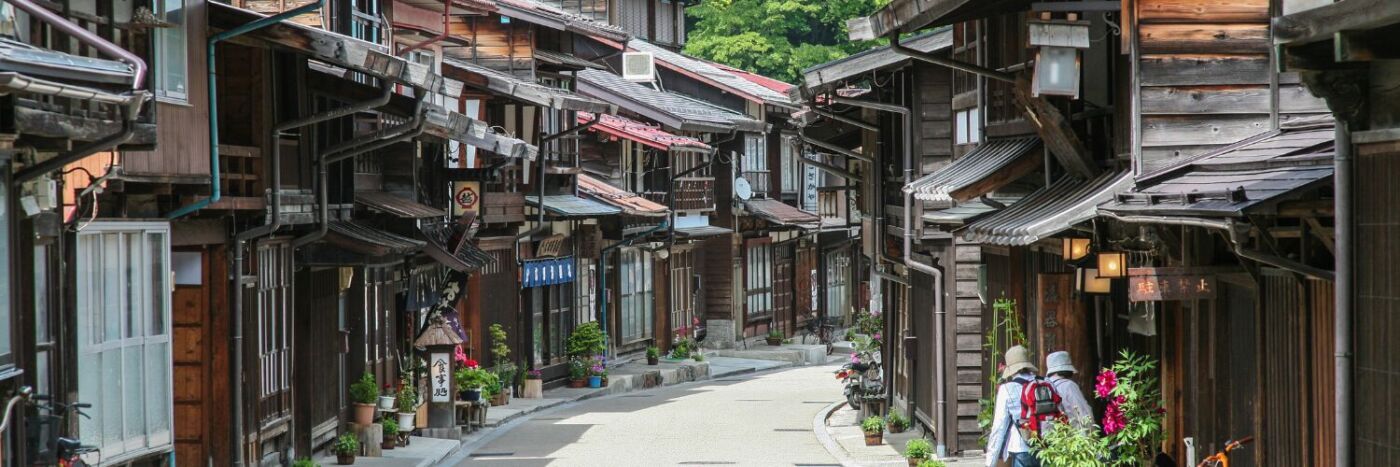
Ready to explore Japan the Adventurous Ewe way?
Whether you’re walking the quiet paths of the Kumano Kodo or tracing samurai steps along the Nakasendō Trail, our self-guided adventures help you connect with the real Japan – its landscapes, traditions, and everyday magic.
We’ll take care of the logistics so you can focus on the journey. From spiritual stop-offs and ryokan stays to scenic train journeys and daily support, it’s adventure, your way.
Got a question? Just give us a shout – we’re happy to help. Jim & Sue have travelled through Japan and completed the Nakasendo Trail so we’re happy to answer any queries no matter how big or small.
